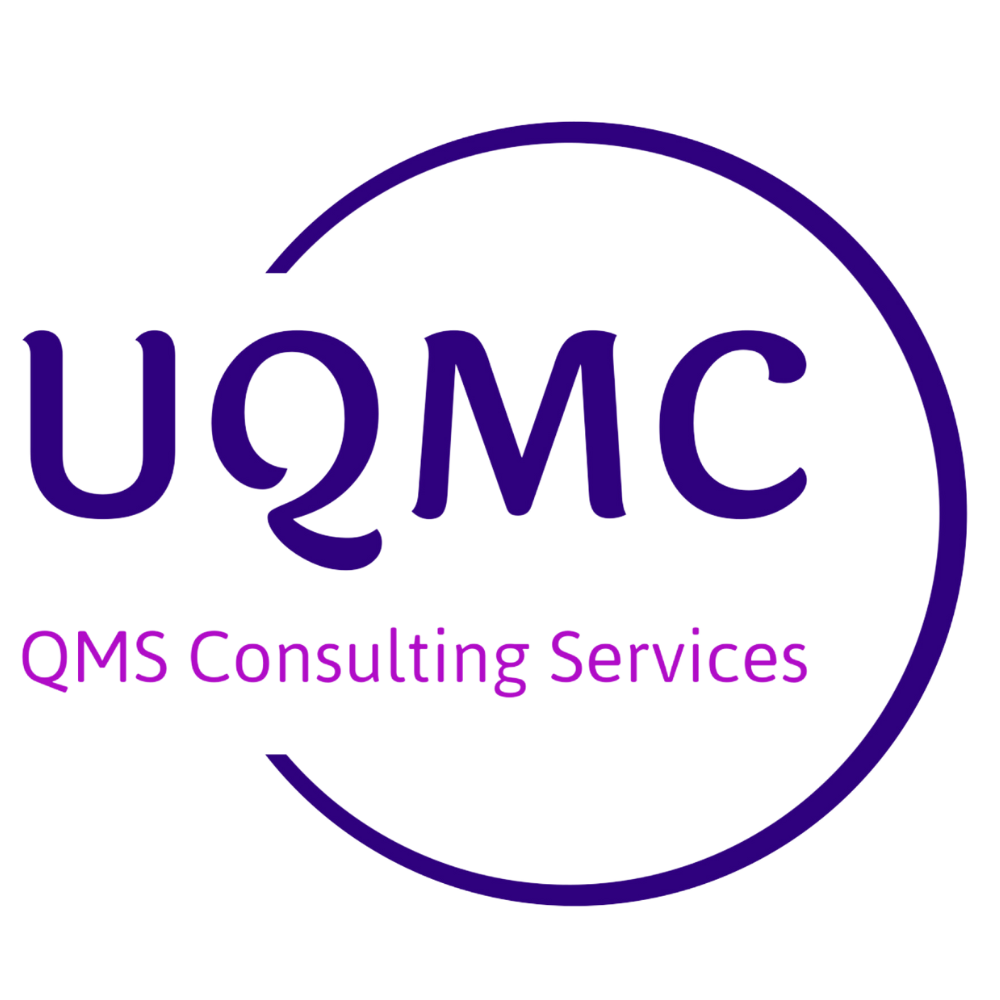Everyone working in the pharmaceutical and life science industry has heard of the digital revolution that is happening. Terms like Pharma 4.0, Pharma 5.0 are increasingly appearing in our conversations, regulations, white papers and advertisements. While software developers, IT experts, and regulators are working rapidly to enable easier and quicker adoption of technology, industry professionals still remain hesitant and unsure. This month, my article focuses on the reasons for this hesitancy and some suggestions on addressing concerns.
The advantages of going digital have been explained numerous times by various experts. There is no doubt that leveraging technology is going to be a necessity and not a luxury for the pharmaceutical industry. But, unlike the large, global organisations who have abundant resources (people, money, technology) to develop and adopt digital tools, small to mid-sized companies struggle. It is not because of a lack of will power but more a result of lack of awareness around digitalisation. Some common misconceptions include:
- “Technology is an expensive investment.” To some extent this is true but as demand grows, the cost is bound to come down. There are many cost effective options already in the market.
- “It’s OK for small organisations to continue to use manual operations.” While it may seem acceptable now, the changes around workforce expectations, supply chain, collaborations, speed to market etc. will require more efficiency and higher productivity in the very near future.
- “Using technology will make human oversight redundant and we cannot take that risk.” While there are many technological tools that replace manual tasks, the current focus of Pharma 5.0 is to integrate humans and technology, especially AI. This should give management the assurance they need around human oversight.
- “We implemented a digital tool for a process, however our issues persist and our staff are resistant.”
For pharmaceutical and life science organisations to become more amicable towards technology and digitalisation, it’s important to overcome the above misconceptions. And for that to happen it’s important for management to focus on – the Why, What and How – of digitalisation.
The Why
Before approaching or buying a software, senior management members must address the need for one. Why is the company going digital, specifically for this process? Is it because:
- Your competition has implemented this software or automated a similar process
- It will look good on the marketing brochure
- It comes highly recommended and fits our budget
- Because the CEO likes it
If the above reasons are why you are embracing technology, then it’s not going to be successful. Knowing the right reason for wanting to use digital tools, automation, AI etc. is important if the company wants to select the most suitable tool and ensure it addresses the challenges.
The What
Once you have understood the reason for embarking on Pharma 4.0 or Pharma 5.0, it is time to ask “What”. Identify which business process requires digitalisation. What are the unique challenges of the process that are hindering either compliance, efficiency, employee participation etc? Use a data driven decision making approach to identify the process and challenges. This information can be gathered through periodic management reviews, customer feedback, audit observations, deviation trends and employee feedback.
Remember even if two organisations manufacture similar products and use similar processes, their challenges are different and determined by various factors. Hence, a clarity on your organisation’s unique requirements and problems is important for selecting the right technology.
The How
Knowing the answers to your why and what assists you in defining your User Requirement Specifications and begin a conversation with the right vendors. But successful implementation and subsequent success depends primarily on knowing “How”.
Implementing a new system that impacts business processes, requires excellent change management, especially when the change has a major impact on how your employees execute their responsibilities. Change management in this context does not refer to whats described in regulatory documents. With respect to digitalisation, it goes beyond regulatory impact assessment and mandates a holistic assessment of various business elements –
- People
- Data governance
- Global regulations especially around the use of AI
- Existing infrastructure and future needs
- Special skill set requirements
- Supply chain
- Company quality culture
Assessing the impact of technology on these elements helps you design a customised action plan for implementation and enables clear, consistent communication with all employees. Risks can be identified proactively and mitigation actions put in place.
In conclusion I would like to say that technology is here to stay. Whether big or small, organisations will have to adopt one or more digital solutions for their operations. The amount and type of resources you spend on going digital, to get the best value, depends on knowing the answers to the WHY, WHAT and HOW.
As a quality management systems and compliance expert, I help life science organizations implement tailored, efficient quality systems that enhance compliance. If you’re looking to improve or establish quality systems within your organization, I’d be delighted to discuss how we can achieve this together. Please reach out to me at antiksha@uqmconsulting.com.


No responses yet